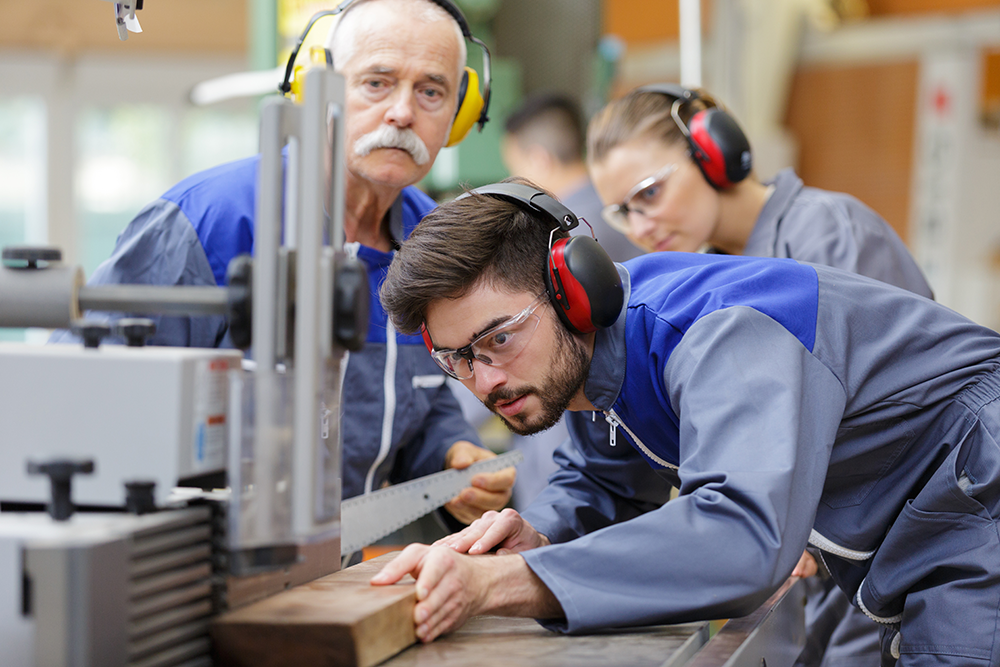This upcoming fall students at Davenport Central High School and Davenport Community College in Iowa will have an opportunity no other students in the country will have. Elliott Aviation and the school district have teamed up to offer a first-of-its-kind apprenticeship. The program will allow juniors in high school to enroll in an airframe mechanic apprenticeship program.
The Department of Labor has a plethora of registered apprenticeships, she said but those are traditionally skilled trades in manufacturing, she said. Because these programs are so popular, Elliot Aviation thought bringing their program to schools was one way to get ahead. The demand for mechanics is also increasingly high as the industry is expected to see the need grow by 10-12% over the next decade. Currently, there is already a shortage of 12-15,000 mechanics with 30% of all licensed mechanics older than 65.
“The aviation industry has so many high-paying, skilled and technical career opportunities that the future workforce isn’t currently getting enough exposure. It just makes sense that our industry begins to take advantage of the Iowa Department of Labor programs to support a future pipeline of talent.”
Adrienne Wheeler, Vice President of Human Resources at Elliott Aviation
Some of the specific positions that participants will be training for are service, avionics, interior, and paint technicians. In order for the industry and Elliott to sustain the current demand and future growth, continuing to support strategic programs and partnerships in our communities will play a vital role in building our future workforce.
The two-year apprenticeship involves apprentices taking classes during the school year and working at Elliott in the summer before their senior year. They will then complete more courses while working for Elliott part-time during their senior year. After graduation, participants will work for Elliott full time while being paid accordingly.
The first round of apprenticeships is expected to start this summer. Teachers and staff will identify two to three students who would be good fits for the program. Students can also complete three courses for high school credit to complement their work in the field.

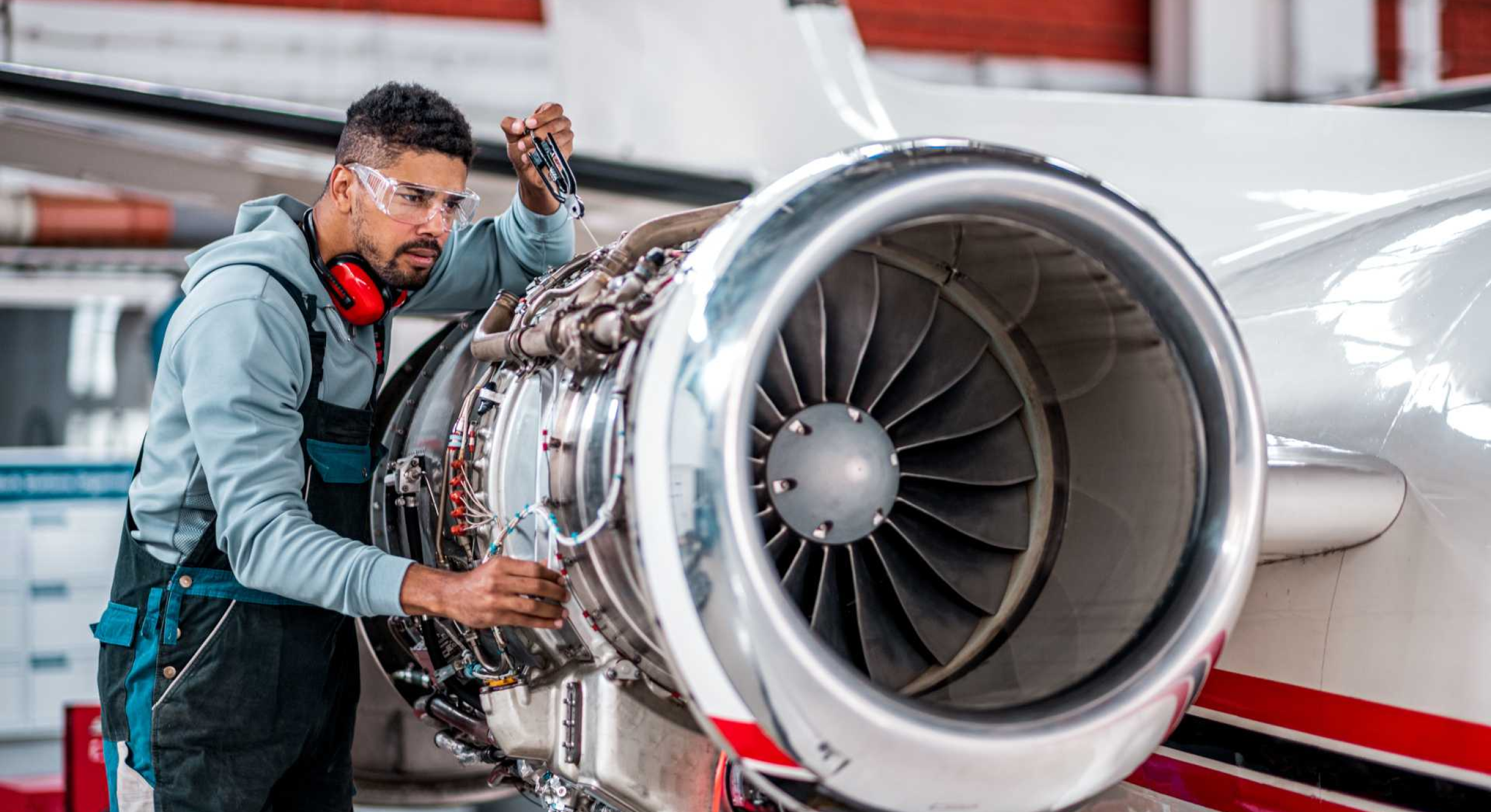
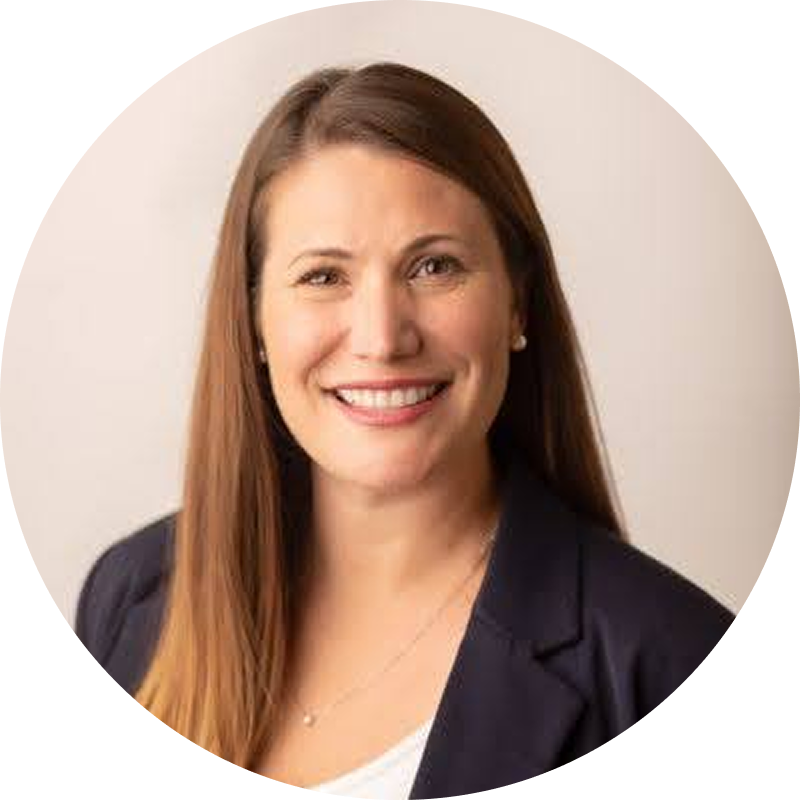


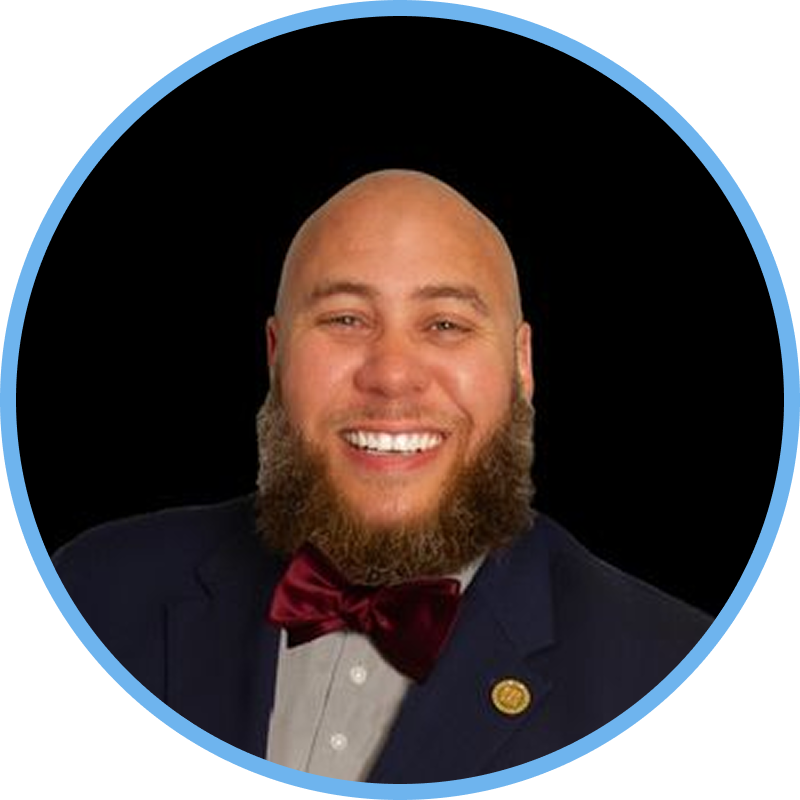
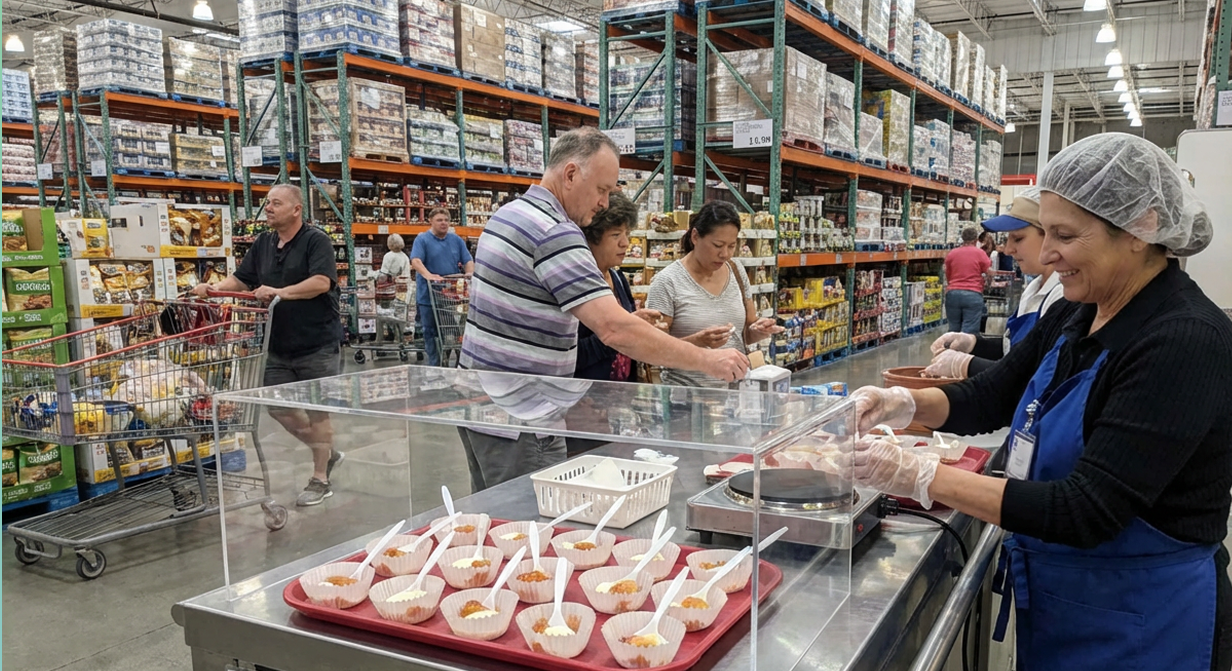
.png)
